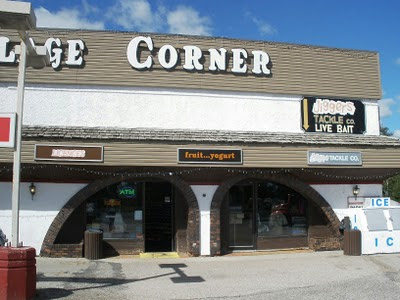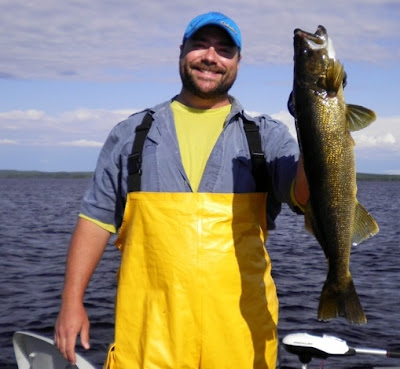
Our grandsons Quillan and Raven marvel at the work of North America's largest rodent near camp this fall.
The beaver that had been working on this quaking aspen was going to need more than one night to do the job.
These animals only eat the bark from the trees and prefer the new growth on the limbs rather than the tough bark on the trunk. This tree just had a few branches, probably 60-70 feet off the ground.
I knew a wildlife researcher who was able to show that beaver are able to calculate the work that must go into cutting down a tree compared to the nutrition they will gain from it. When beaver first move into an area they cut down small to medium-sized trees, bypassing big old trees like the one in this picture. Eventually, when there is almost nothing left, they take the time to gnaw down the big projects.
They will go about 100 feet away from the water to get trees. In this photo all the smaller trees in the background are white birch. These aren't favored by beaver as long as there are aspen, alders and willows to eat. But when it takes too much work to get their favorite food, they'll turn on the birch too.
Beavers are as common around camp as are robins in other parts of the world. We see them every evening swimming around the docks.
Although beaver run afoul of humans because of their tree cutting, many other creatures appreciate the beaver's hard work.
They create clearings in the forest where new growth will sprout and provide food for herbivores like moose and deer. Ruffed grouse like to eat rosehips that grow on wild rose bushes in these spots. In winter, snowshoe hares nibble on the stems of the young aspen that will spring up from the roots of the old tree.
Click to go back to our website:
Click to see the latest on the blog:















